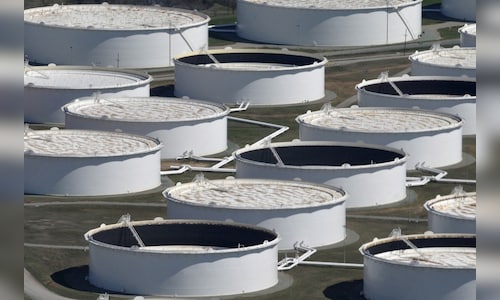Analysts, including Daan Struyven, mentioned in a report that if oil shipments through the Strait of Hormuz were to decrease by half for one month and stay 10% lower for an additional 11 months, Brent crude could temporarily rise to approximately $110 a barrel. If Iranian supply drops by 1.75 million barrels per day, Brent might peak at $90.
The global oil market is assessing the likely path for energy prices as tensions in the Middle East heighten. Currently, crude futures are around $79 a barrel, having jumped in early Asian trading after the US targeted three Iranian nuclear installations over the weekend. Brent later reduced some of its gains as attention returned to the fact that actual oil flows remain unaffected.
“The economic motivations for both the US and China to work towards avoiding a prolonged and significant disruption of the Strait of Hormuz are substantial,” the analysts stated. The bank still anticipates no major disruptions to oil flows, although they noted, “the risks to energy supply on the downside and the potential for higher energy price forecasts on the upside have increased.”
Natural gas markets are also considered vulnerable. European benchmark futures—known as the Title Transfer Facility, or TTF—could rise to about €74 per megawatt hour or around $25 per million British thermal units, a pricing point that strained demand during the 2022 European energy crisis, the analysts indicated.
In the event of a significant and prolonged disruption of the strait, natural gas prices could approach €100 per megawatt hour, they added. This waterway links the Persian Gulf to the Indian Ocean and serves as a crucial passage for energy.
Read Also: Brent crude crosses $81 per barrel after US attacks Iran, but fails to sustain



